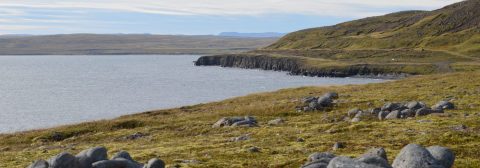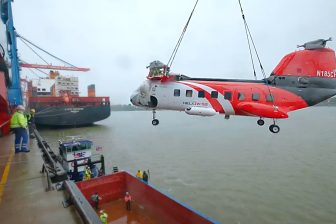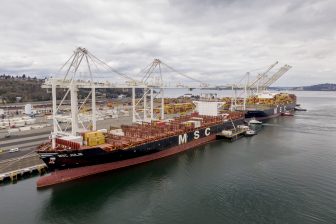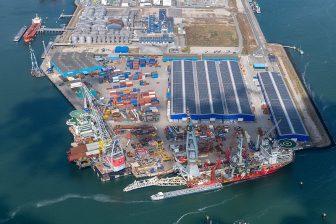
Bremenports to build deepwater port in Iceland
Bremenports, the operator of the ports of Bremen and Bremerhaven, has signed an agreement to build a deep water port in the North of Iceland. The port operator believes Iceland can become a northern hub now that global warming is clearing northern sea routes.
“Significant opportunities for change are expected in the Arctic, including changes in shipping routes. With a year-round passability of the Northeast Passage between Asia and the US, travel times would be reduced by more than two weeks,” Bremenports explains its investment decision. “The Finnafjord offers itself in this context as a hub, from which the redistribution of goods in the respective target regions can take place.”
Additionally, the steadily increasing shipping traffic in the region has also created an urgent need for a sea rescue port, Bremenport notes. There are also plans to develop a plant for the production of hydrogen, which could play a significant role in the development of sustainable shipping in the future.
Together with Icelandic partners, Bremenports has founded the joint venture Finnafjord Port Development Company. Bremenports will initially own two-thirds of the joint venture, while Icelandic engineering firm Efla will control about a quarter. The rest will be co-owned by two Icelandic municipalities.
At the Finnafjord in the Northeast of Iceland, 6 kilometers of quay and a hinterland of 1200 hectares can be developed. The area is almost uninhabited and offers “excellent” geological possibilities for the construction of the port, Bremenports states. The water in the bay is approximately 20 meters deep and the waves are particularly low on this side of Iceland. The bay itself is also particularly protected by a promontory. Unlike the other fjords in Iceland, the hinterland is not mountainous, but flat. “This offers the opportunity to establish a harbor-based industry and supply it with renewable energy,” the port operator says.
Once the port is finished it will have an industrial site for the supply of the port and for commercial activities and, possibly, a duty and tax free zone in connection with the operation of port and industrial facilities. Construction, however, can take up to 40 years.




